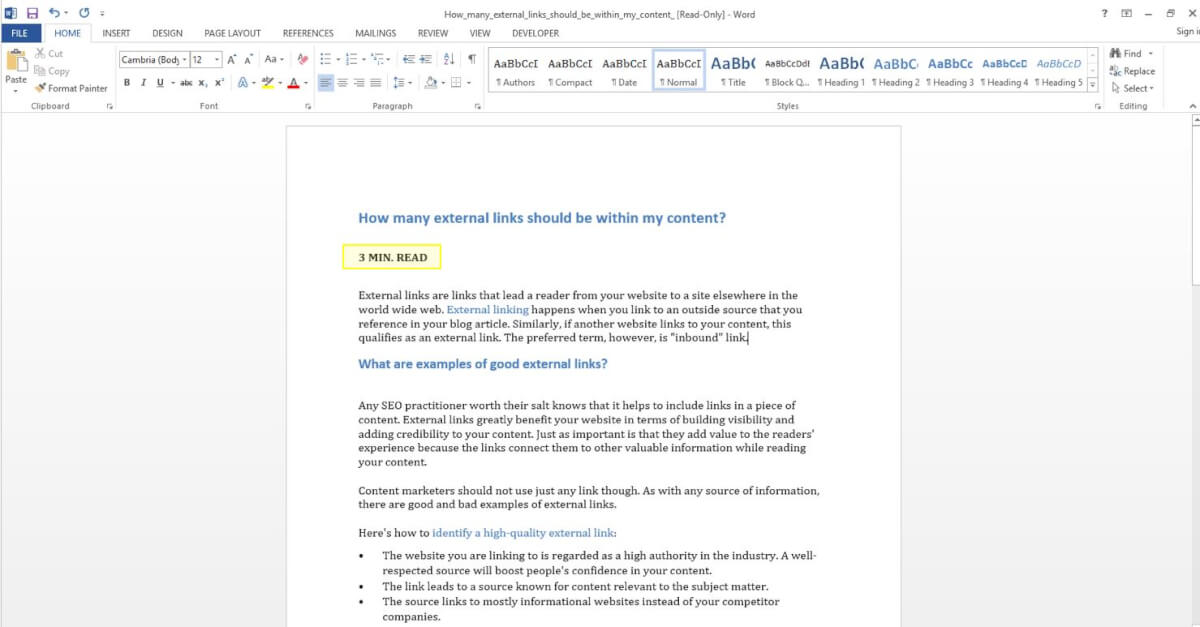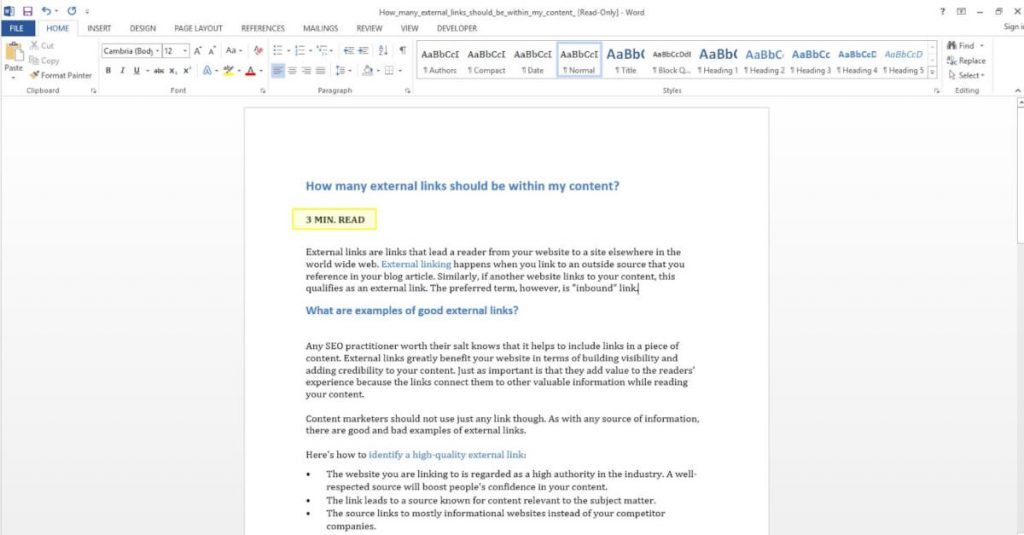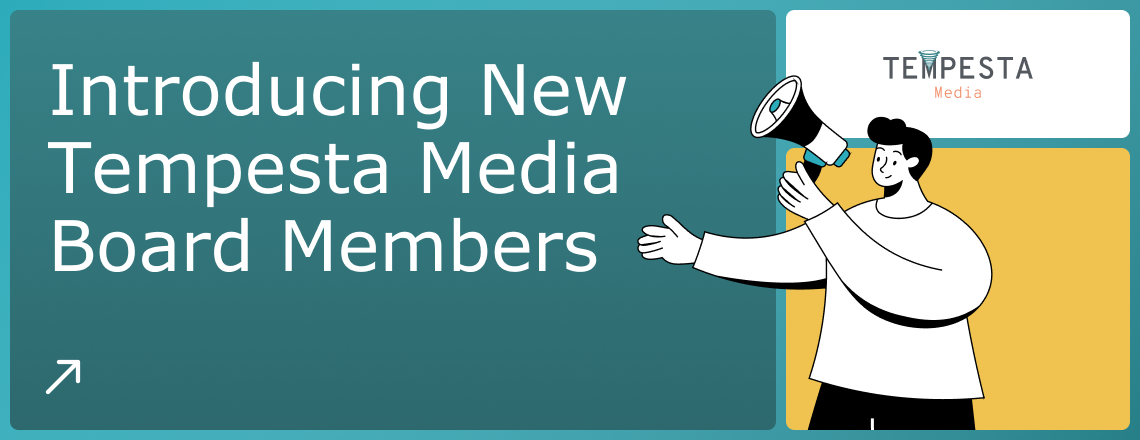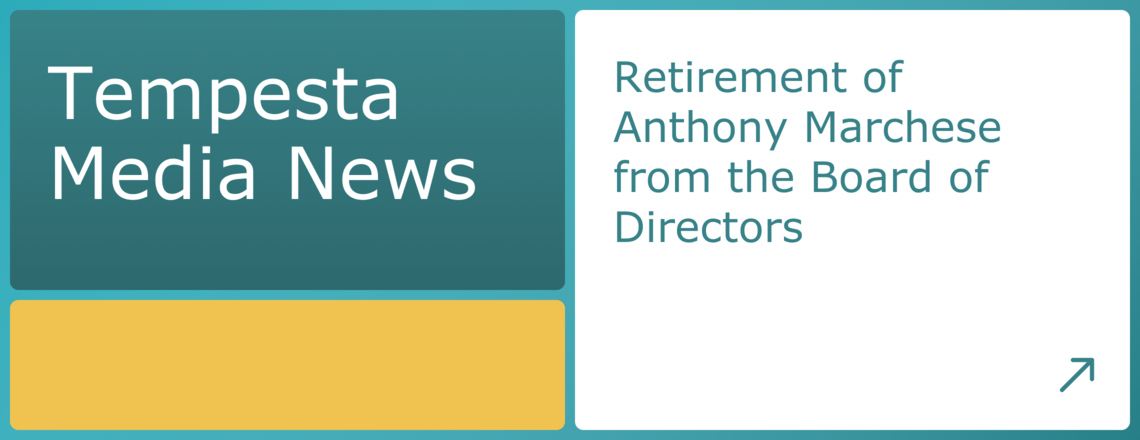Effective content marketing is designed to engage your readers. With so much content available online today, readers need to know what kind of time commitment is required to consume your content, and an estimated reading time provides that information.
Customers are constantly looking for ways to improve their content marketing so they can engage with their target audience more effectively. That’s why we added a brand new feature to our platform – “Estimated Reading Time.”
Understanding consumer online reading habits
Way back in 2006, Neilsen Norman Group published a study of how people consume information online. It was the first time marketers learned about the “F-shaped” pattern of someone’s eyes as they scanned the page.
That was also some of the earliest insights into how content consumption online differed from reading things like books, magazines, and newspapers — the content vehicles that consumers used before the internet came around. Follow-up studies in 2019 revealed that there are multiple scanning patterns, but the reason for scanning is the same: Consumers want to be efficient with their time. They don’t have time to read every word, so they look for the most useful information on the page.
Shorter content is not the answer
As the volume of content online grows, the efficiency bias of customers only increases. However, that doesn’t mean that you should be writing shorter content. Another prominent study from Microsoft in 2015 declared that consumers now have attention spans of just eight seconds. That’s a full second shorter than a goldfish, according to the article, and that comparison is now valid in the minds of marketing teams everywhere.
The problem with this comparison and this information is that data about high-performing content tells us just the opposite. In fact, some of the best-performing content online is long, 3,000 words” target=”_blank” rel=”noopener”>clocking in at over 3,000 words.

Setting reader expectations upfront
So, how do marketing teams balance the consumer’s desire for efficiency with the need to create informative blog posts, web pages, and other online content? By managing expectations.
Consumers want information, and the internet is currently the best place to get it. People are willing to invest time and effort into consuming useful and informative content, but they need to know upfront what they are getting into.
That’s why Tempesta Media includes the estimated reading time on all of the content we produce for marketing teams and businesses who use our managed content services platform. It’s a simple tool to help your readers know how long they need to plan to get through a piece of content on your site. We include the reading time at the top of the article, right below the title, so users can quickly and easily determine the time commitment. This feature is included in these content types:
- Blog posts.
- SEO content.
- News commentaries.
- Informative articles.
- Thought leadership pieces.
While it’s not a guarantee that they will read every word, our own research reveals that it will dramatically increase engagement and time spent on the site while reducing bounce rates. Improving these metrics gives you more time and more opportunities to push consumers to a call to action to take the next step, boosting engagement as well as conversions.
Content development to improve your SEO and website performance
We found that by adding this feature to content, it dramatically increases engagement, time spent on site, and bounce rates.
Learn more by checking out our 3-part series about estimated reading times: Do You Need Estimated Reading Times, Part 1: What Are Estimated Reading Times?











